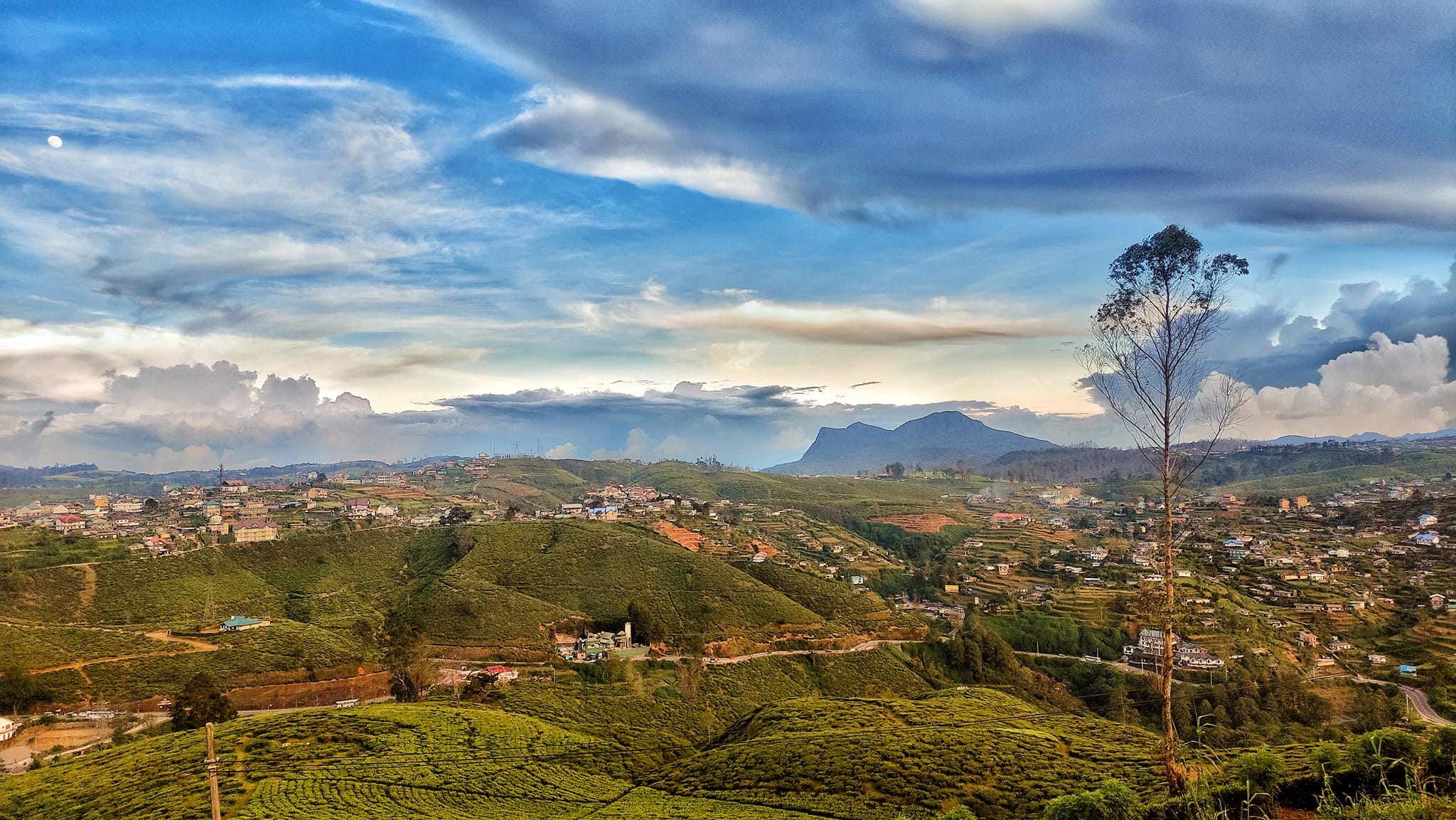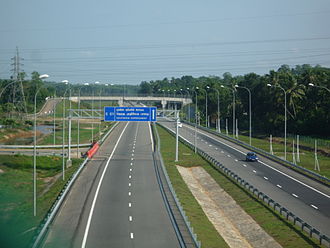
Discovering the magic of the PBC Highway from hill country to the eastern coast – A5
Journey Through Paradise: The A5 Highway – Sri Lanka’s Most Scenic Drive
The A5 highway, affectionately known as the “PBC Highway” (Peradeniya-Badulla-Chenkalady), stands as one of Sri Lanka’s most breathtaking trunk roads. Stretching 275.64 kilometers across the island’s diverse landscape, this remarkable route offers travelers an unforgettable journey through some of the country’s most stunning scenery, rich cultural heritage, and dramatic climate transitions.

A Road of Many Faces
Beginning its journey in the historic university town of Peradeniya, where it merges with the iconic A1 highway, the A5 embarks on an epic cross-country adventure that culminates in the coastal town of Chenkalady on Sri Lanka’s eastern shores. This isn’t just a road—it’s a corridor through time, culture, and nature that showcases the incredible diversity of the pearl of the Indian Ocean.

The Hill Country Splendor
Peradeniya to Nuwara Eliya: The Ascent Begins
As you leave Peradeniya behind, the road begins its dramatic ascent through Geli Oya and Gampola, where the landscape transforms from tropical lowlands to the misty embrace of the hill country. The journey through Pussellawa reveals the first glimpses of what makes this route truly special—rolling tea estates that carpet the hillsides in varying shades of green.
The approach to Nuwara Eliya, often called “Little England,” is nothing short of magical. Here, at an elevation of nearly 2,000 meters above sea level, travelers experience a complete climate transformation. The tropical heat gives way to crisp, cool mountain air, and the landscape becomes a patchwork of tea plantations, vegetable gardens, and colonial-era architecture.

Tea Country: Where Every Turn is a Postcard
The section between Nuwara Eliya and Badulla represents the heart of Sri Lanka’s tea country. As the road winds through Keppetipola, Welimada, and Hali-Ela, travelers are treated to panoramic views of terraced tea estates that have remained virtually unchanged for over a century. The sight of Tamil tea pluckers moving gracefully through the emerald fields, their colorful saris providing vibrant contrast against the green backdrop, creates scenes of timeless beauty.
These tea estates aren’t just scenic attractions—they’re living museums of colonial history and modern agricultural innovation. Many estates offer guided tours where visitors can witness the tea-making process from leaf to cup, making the journey both visually stunning and educationally enriching.
Cultural Tapestry Along the Route
A Journey Through Diverse Communities
The A5 highway serves as a cultural bridge connecting different ethnic and religious communities across Sri Lanka. From the predominantly Sinhalese areas around Peradeniya and Kandy region, through the mixed communities of the hill country with their Tamil tea estate workers, to the Muslim and Tamil communities closer to the eastern coast, travelers experience the beautiful diversity that defines Sri Lanka.
Each town along the route tells its own story. Badulla, the largest city on the eastern section of the route, serves as a crucial commercial hub and offers glimpses into both ancient and colonial history. The area around Passara and Lunugala showcases rural Sri Lankan life, where traditional agriculture and small-scale farming communities have thrived for generations.

Historical Treasures
Ancient Sites and Colonial Legacy
The A5 highway is dotted with historical sites that span centuries of Sri Lankan history. Ancient Buddhist temples, colonial-era buildings, and archaeological sites provide countless opportunities for cultural exploration. The route passes near several important pilgrimage sites and offers access to lesser-known historical gems that reward the curious traveler.
The colonial influence is particularly evident in the hill country sections, where British-era bungalows, churches, and administrative buildings stand as reminders of Sri Lanka’s complex history. These structures, often set against dramatic mountain backdrops, create striking contrasts between human architecture and natural grandeur.
The Dramatic Transition: Hills to Plains
From Cool Mountains to Tropical East
One of the most remarkable aspects of the A5 journey is the dramatic climate and landscape transition that occurs as you move from west to east. The cool, misty highlands around Nuwara Eliya gradually give way to warmer temperatures as the road descends through Bibile and Padiyathalawa.
By the time travelers reach Maha Oya and continue through Thumpalancholai and Karadiyanaru, the landscape has transformed completely. The tea estates are replaced by rice paddies, tropical forests, and eventually, the coastal plains approaching Chenkalady. This transition from cool mountain air to warm, tropical humidity happens gradually over several hours of driving, making it a fascinating study in Sri Lanka’s diverse climate zones.

The Driving Experience: Thrills and Challenges
Navigating the Bends and Curves
For driving enthusiasts, the A5 offers an experience that ranges from challenging mountain curves to smooth coastal stretches. The hill country sections feature numerous hairpin bends, steep gradients, and narrow passages that demand careful attention but reward drivers with spectacular vistas around every corner.
The winding nature of the road through the mountains means that journey times can be longer than expected, but this is hardly a disadvantage when every kilometer offers new photographic opportunities and breathtaking views. The road’s engineering is a testament to human ingenuity, with sections carved into steep mountainsides and bridges spanning dramatic valleys.

Natural Wonders and Wildlife
Biodiversity Along the Route
The A5 highway passes through several different ecological zones, each supporting unique flora and fauna. The montane forests of the hill country are home to endemic bird species, while the transition zones support diverse wildlife populations. Travelers often spot various bird species, and the fortunate might catch glimpses of larger wildlife in the less populated sections.
The route also offers access to several natural attractions, including waterfalls, forest reserves, and scenic viewpoints that provide perfect opportunities for nature photography and peaceful contemplation.
Planning Your Journey
Making the Most of the A5 Experience
To fully appreciate the A5 highway, travelers should plan for a leisurely journey with multiple stops. The route can be covered in a single day, but doing so would mean missing many of the cultural, historical, and natural attractions that make this road special.
Consider breaking the journey into segments:
- Peradeniya to Nuwara Eliya: Perfect for tea estate visits and colonial architecture
- Nuwara Eliya to Badulla: Maximum scenic beauty and cultural diversity
- Badulla to Chenkalady: Rural landscapes and the transition to coastal plains
Seasonal Considerations
The best time to travel the A5 depends on your priorities. The hill country sections can be misty during monsoon periods, which adds atmosphere but may limit visibility. The dry season offers clearer views but can be quite busy with both local and international tourists.
A Road That Defines Sri Lanka
The A5 highway embodies everything that makes Sri Lanka special—stunning natural beauty, rich cultural diversity, fascinating history, and the warmth of its people. Whether you’re a photography enthusiast, history buff, nature lover, or simply someone who appreciates beautiful landscapes, this remarkable road offers an unforgettable journey through the heart of Sri Lanka.
From the moment you leave Peradeniya to your arrival in Chenkalady, every kilometer of the A5 tells a story. It’s more than just a means of transportation—it’s a journey through paradise that showcases why Sri Lanka truly deserves its reputation as one of the world’s most beautiful islands.
Pack your camera, bring your sense of adventure, and prepare for a journey that will leave you with memories to last a lifetime. The A5 highway awaits.


